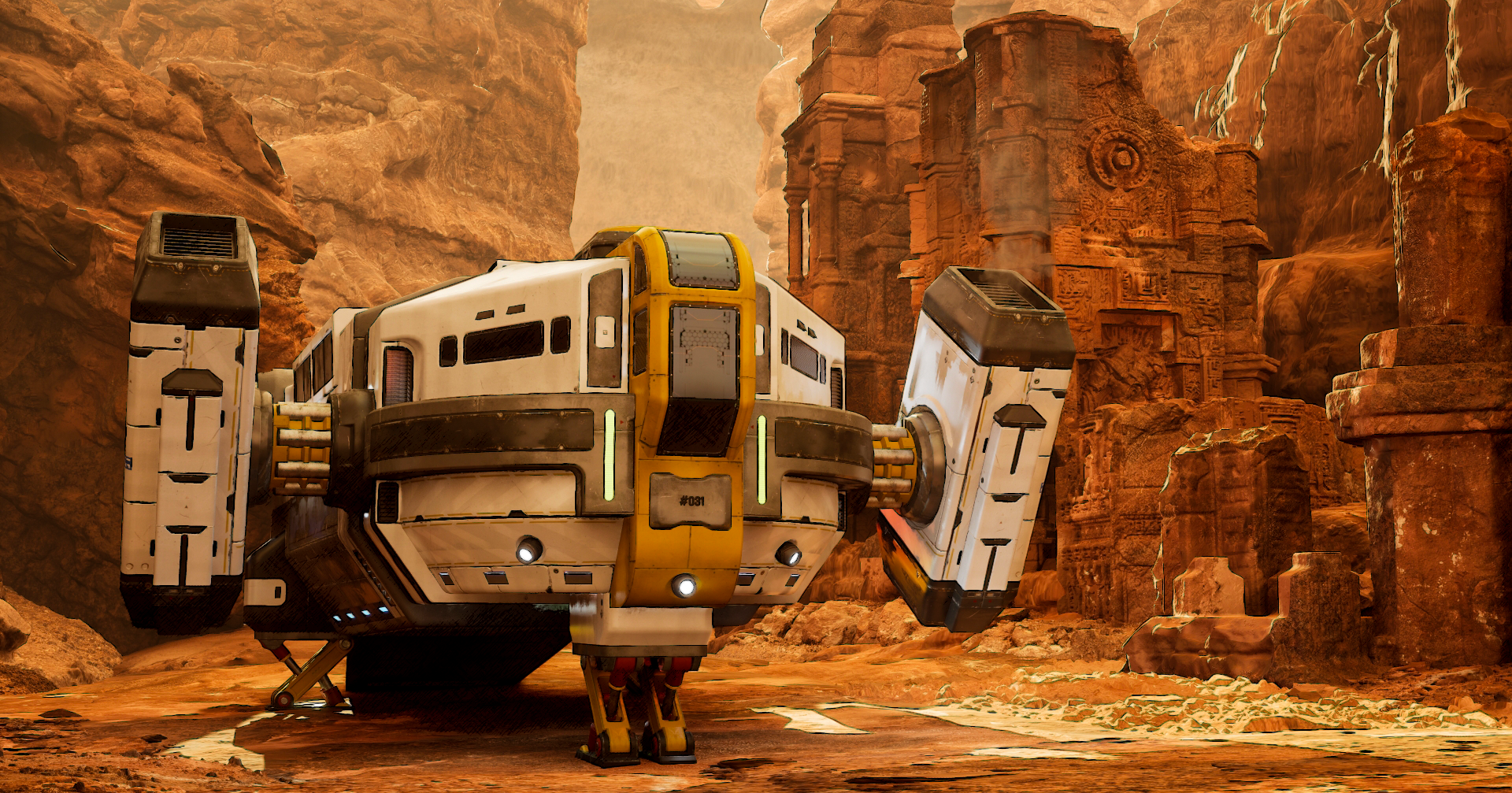Transmedia Project Design Questions: User Interaction
User interaction is an important element of many transmedia stories. Answering these questions will help in design of that interaction. Has an interaction decision plan been developed for the transmedia narrative? (Storyworld Level Design Tasks) Does the transmedia narrative’s entry point call-to-action provide users the appropriate amount of information forContinue Reading
Transmedia Project Design Questions: Human Centered Design
Effective human centered design of a transmedia story will make it easier for users to navigate the narrative. These questions provide a starting point for transmedia project designers. How will the transmedia narrative system infrastructure be designed to ensure coherence? (Storyworld Level Design Tasks) How will the transmedia narrative systemContinue Reading
Transmedia Project Design Questions: User Participation
User participation in a transmedia story can take many forms. These questions will help clarify what user participation for a transmedia project will be like. Will the transmedia narrative focus on individual participation? Shared participation? What benefit will individual versus shared participation provide? How will the transmedia narrative encourage sharedContinue Reading
Transmedia Project Design Questions: User Engagement
User engagement is an essential part of any transmedia project. Designing that engagement requires the transmedia project team to make a number of key decisions. These key questions should be answered at the appropriate stage of the transmedia design process. What level of user engagement does the transmedia narrative seekContinue Reading
Transmedia Project Design Questions: Audience
Early in the process of developing a transmedia project, it is important to identify the audience and some of its key characteristics. There question can serve as a starting point for audience identification. What are the demographic characteristics of the transmedia narrative’s audience (age, gender, urban/rural/suburban, income level, price sensitivity,Continue Reading
Transmedia Project Design Questions: Narrative Design
The designer of a transmedia narrative should be prepared to answer a series of key questions about the project being developed. The answers to these questions, along with the process laid out in this blog, will help with the complex task of designing a transmedia story. Does the proposed transmediaContinue Reading
Cognitive Maps in Transmedia Storytelling
Cognitive maps are the result of a type of mental processing in which a user acquires, codes, stores, recalls, and decodes information about things of interest in their environment. When used in the navigation of transmedia narratives, cognitive maps allow the “mind’s eye” to visualize the relative location of andContinue Reading
Information Fields in Transmedia Story Design
The designer of a transmedia narrative needs to design with an awareness of the entire information field that the user will be in so the narrative can cut through the informational clutter. Every narrative unit and call-to-action must have a clearly identified message the design wants to communicate. That intendedContinue Reading
Effective Calls-to-Action for Transmedia Stories
When designing calls-to-action, designers need to consider the impact of these jumps on the user’s ability to both navigate the narrative and understand its meaning. Among the questions that the designer should address are how to manage the impact of jumps between art forms like (Dena, 2007): Representative arts andContinue Reading
Sensory Participation in Transmedia Storytelling
Most transmedia narratives engage vision and hearing but few engage all five senses because of the current technological limitations. As noted in the discussion of location-dependent narratives, all of the senses can be engaged by putting the user into a physical location. Other techniques have been used (e.g. sending outContinue Reading
